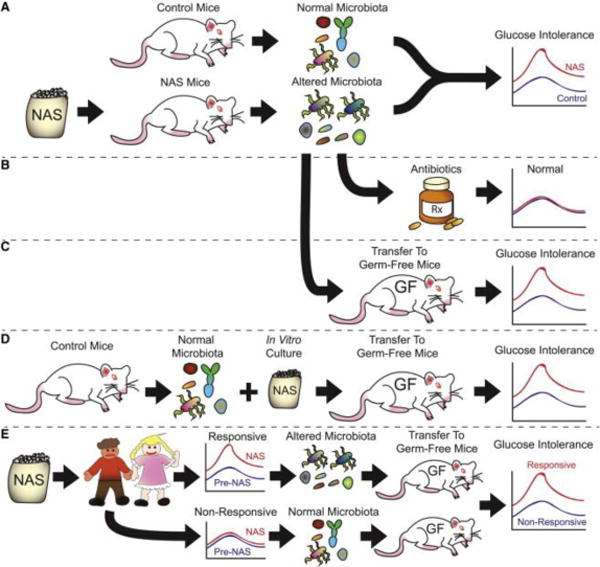Figure 1. Non-caloric artificial sweeteners (NAS) induce glucose intolerance via microbial dysbiosis.

Schematic of the experimental design (Suez et al., 2014). A, NAS induction: Mice fed NAS developed altered intestinal microbial communities and glucose intolerance. B, Antibiotic suppression: treating these mice with antibiotics countered this effect, indicating microbial involvement. C, Microbial transfer from NAS-fed mice to germ-free (GF) mice fed normal chow induced glucose intolerance, compared to GF mice receiving control microbiota. D, NAS directly affects microbiota. Microbiota from control mice were grown in the presence of NAS in vitro and transferred to GF mice, inducing glucose intolerance compared to microbiota cultured without NAS. E, Personalized human response depends on microbiota. The responsiveness of adult human patients to NAS-induced glucose intolerance depended on prior microbial composition. When transferred to GF mice, microbiota from NAS-responsive patients induced glucose intolerance, while microbiota from NAS-non-responsive patients did not.
